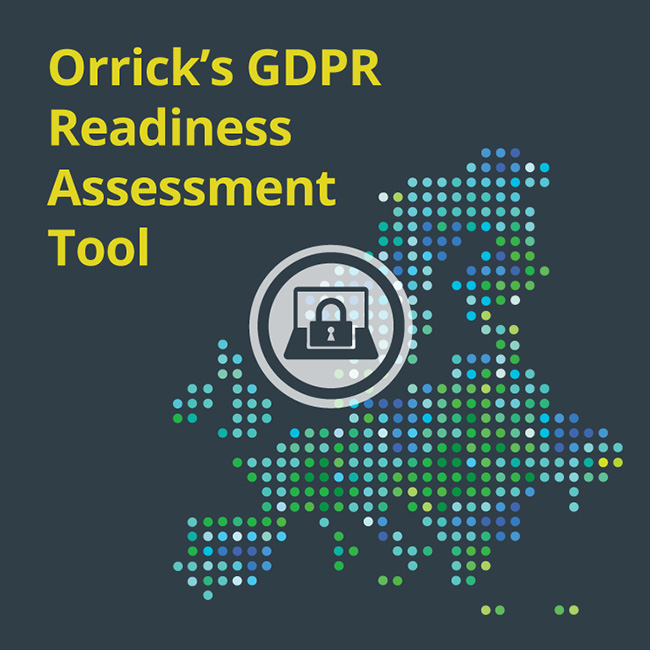On September 6, 2017, Orrick announced the launch of its innovative online automated GDPR Readiness Assessment Tool. The tool helps organizations assess their state of readiness with the EU’s new General Data Protection Regulation (GDPR) that comes into effect on 25 May 2018. The tool segments the GDPR into 14 workable themes and takes users through a series of questions relating to each theme. READ MORE




